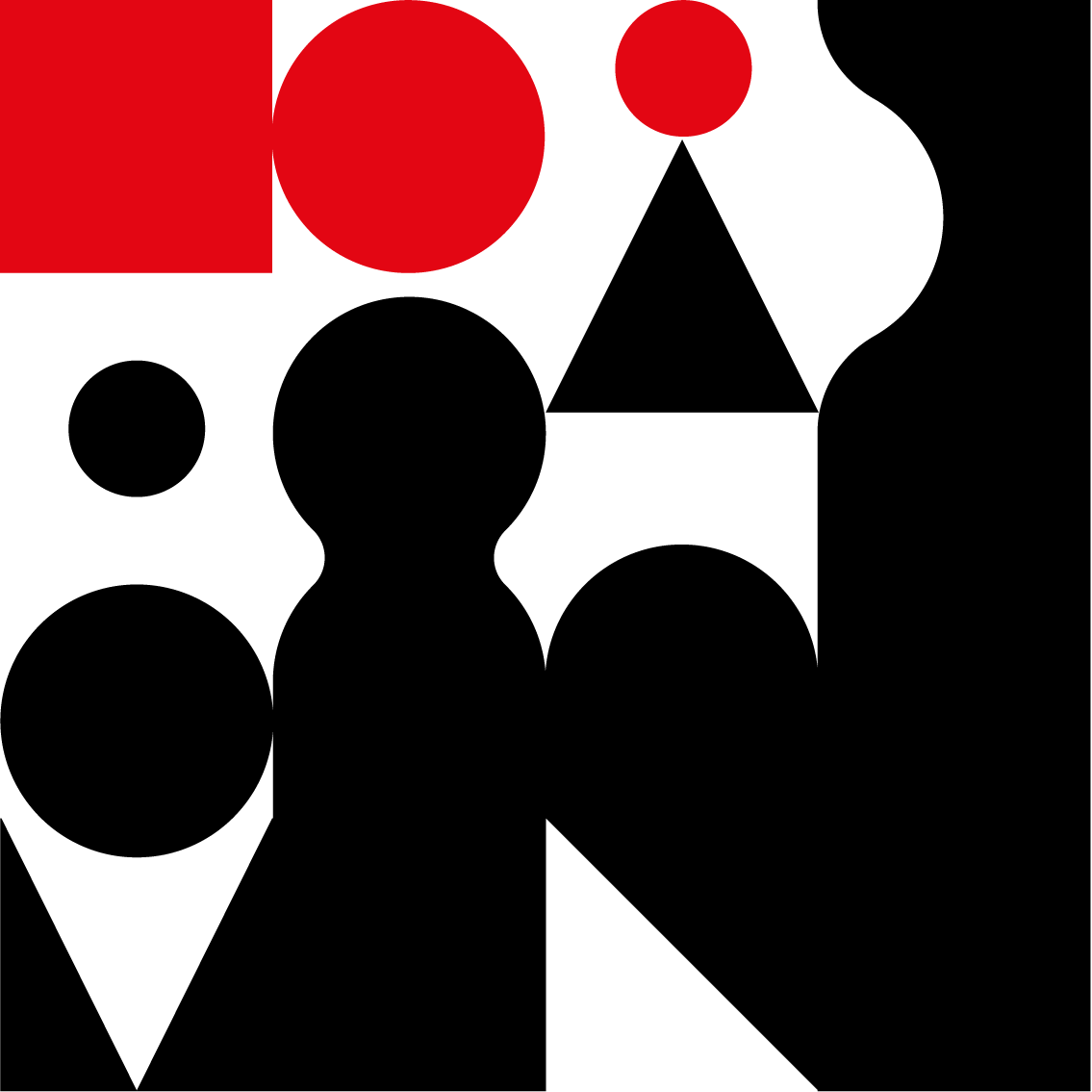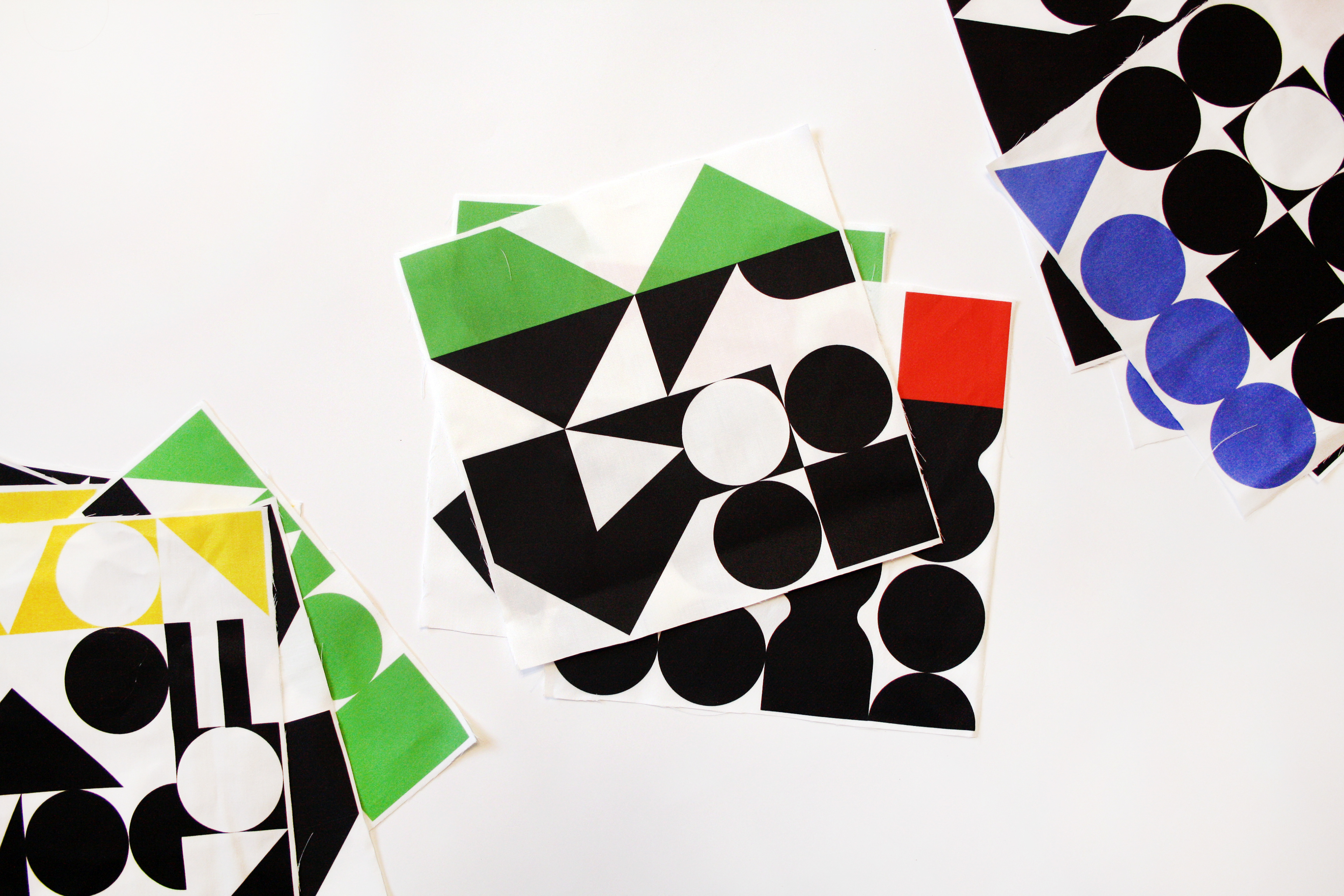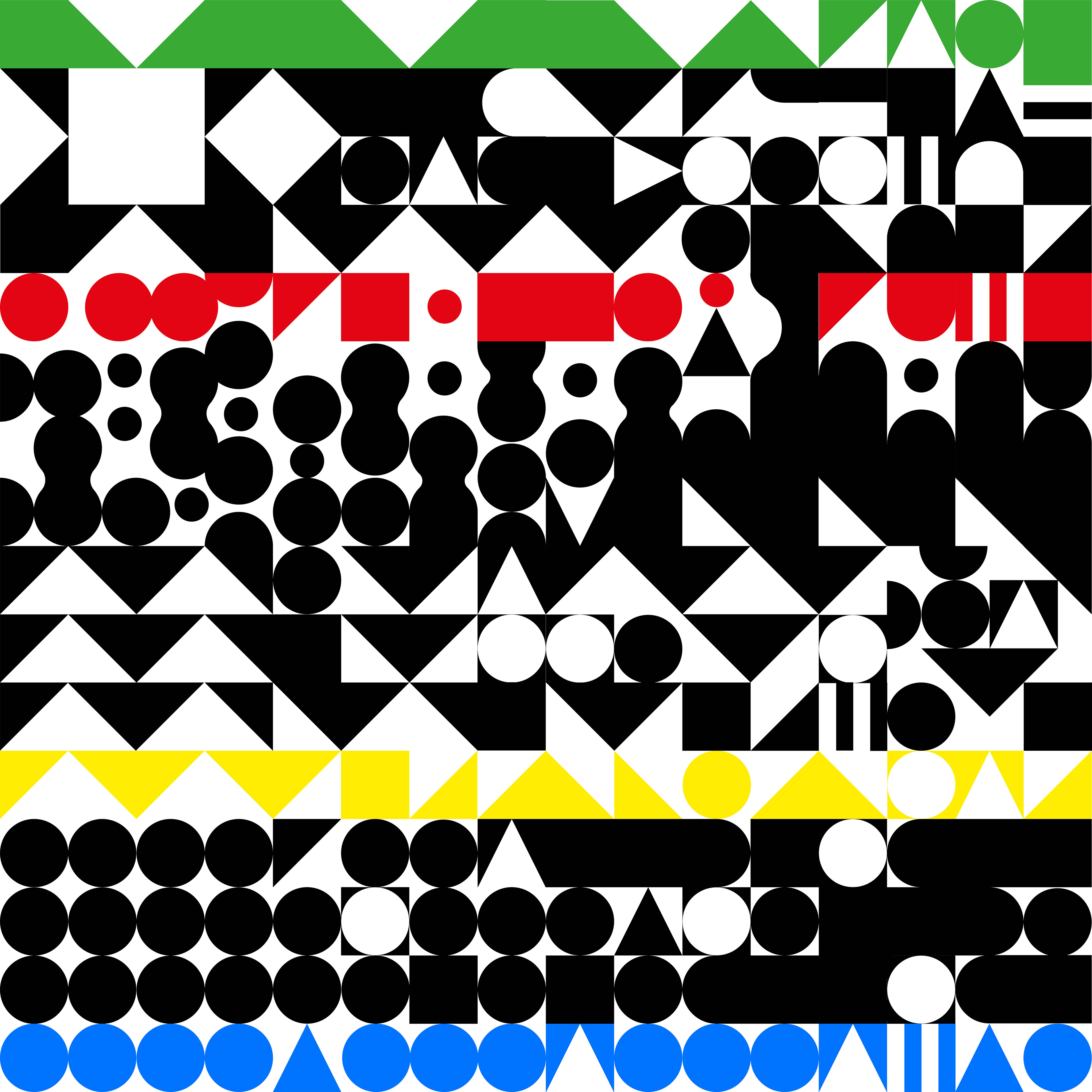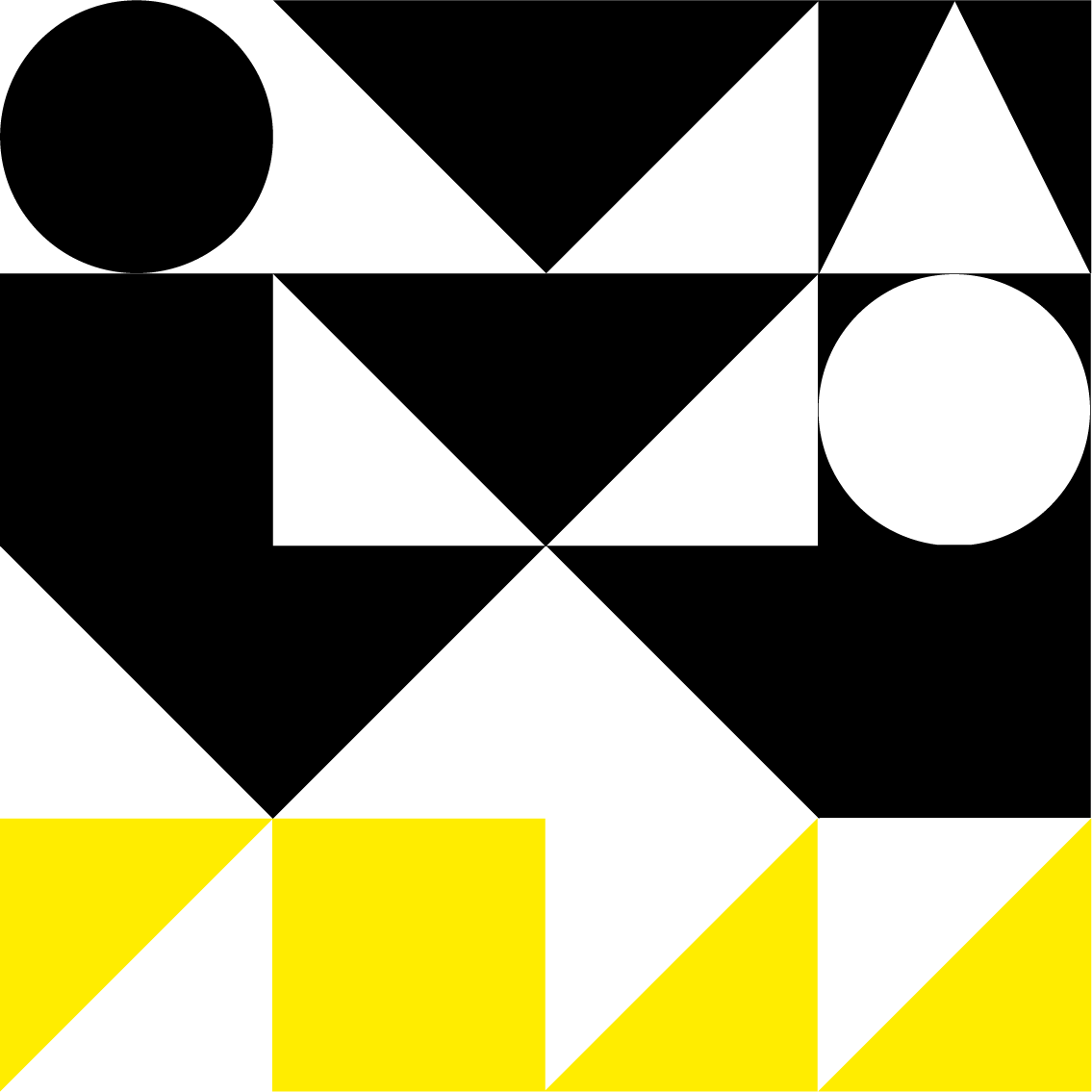MBTI Diffusion
16 patterns and 4 colors as a representation of the MBTI's 16 personality types
and the relationships between them – that's the MBTI Diffusion serie. It consists
of 16 40x40cm designs and two, large-format boards (color and black and white),
printed on fabric and cans of soda with graphics and keywords dedicated
to a given personality type.

A.
Each pattern is divided into 16 tiny squares. In the center there are geometric figures: triangles, circles, squares, rectangles and semicircles. Each of the large patterns corresponding to a given personality type differs from the previous one and the next
one in the way how orderly and homogeneous the tiny squares are.




For example, the ENTJ square (4th green above) is made up of distinctly different geometric figures. Another large square, the INTJ (3rd green above), is still very different internally, but one can see the beginnings of unification. The ISTJ (2nd green above)
is very orderly, but with a chunk of differentiation. The ESTJ (1st green above),
on the other hand, is primarily orderly and unified.




Such arrangements are a representation of how specific personality types seems
to behave in relation to other personality types from their group (more about in Section B). The apparent movement here is an allegory of the time of a person's life and how the personality develops during this time (Jung-Myers theory itself is a psychodynamic theory, therefore it assumes the existence of personality dynamics and its development
over thetime).

B.
Simultaneously, each group differs from the others not only in color, but also in the shapes that occur within it (green = the angular variety, red = the round forms, yellow = sharp, blue = the predominance of circles). This is related to the fact that, depending on the cognitive functions we use to communicate with external world, we are more or less similar to each other. Individuals with extroverted thinking (Te) are likely to behave differently and give a different impression than those with extroverted intuition (Ne), sensing (Se) or feeling (Fe) functions as the dominant or auxiliary.
Summing up, personality types have something in common depending on how we group them together. The criterion for such grouping can be various. Importantly,
there is no worse or better criterion – every similarities and differences between types
can be helpful in other ways. I present my grouping method below, in Section C.

C.
The graphic above shows all 16 patterns arranged in order:
1. (T, Te): ESTJ, ISTJ, INTJ, ENTJ
2. (F, Fe): ESFJ, ISFJ, INFJ, ENFJ
3. (S, Se): ESTP, ISTP, ISFP, ESFP
4. (N, Ne): ENTP, INTP, INFP, ENFP
Thus, the criterion for division here is extroverted, dominant or auxiliary cognitive function.
Green and red patterns have their color at the top, while yellow and blue patterns have
the color at the bottom. This is a deliberate procedure to distinguish J types (green, red) from P types (yellow, blue). J, judgmental types, are generally more decision-oriented, they feel best immediately after making decisions, meeting deadlines is very important
to them, they like to organize the space around them, they generally plan everything
in advance, they give the impression of being organized and concrete.




This is because the cognitive process by which they connect with the world is the process responsible for making decisions - the cognitive functions of the judgment process are called by Jung "rational" as they not only perceive reality, but also value it. Such functions are thinking (T) and feeling (F). Thus, the green ones use the extroverted thinking (Te) function, while the red ones use the extroverted feeling (Fe) function.




P – perceiving types – prefer to leave their options open, deadlines are guidelines rather than final necessities for them, improvising is nothing scary for them, they make decisions spontaneously, they are more open to new information and solutions, they give
the impression of being laid back.
The cognitive process by which they connect with the world is the process responsible
for processing information about the world. The cognitive functions of the perception process are called "irrational" as they do not value reality but only perceive it. Such functions are sensing (S) and intuition (N). Yellow uses the extroverted sensing (Se) function, while blue uses the extroverted intuition (Ne) function.

